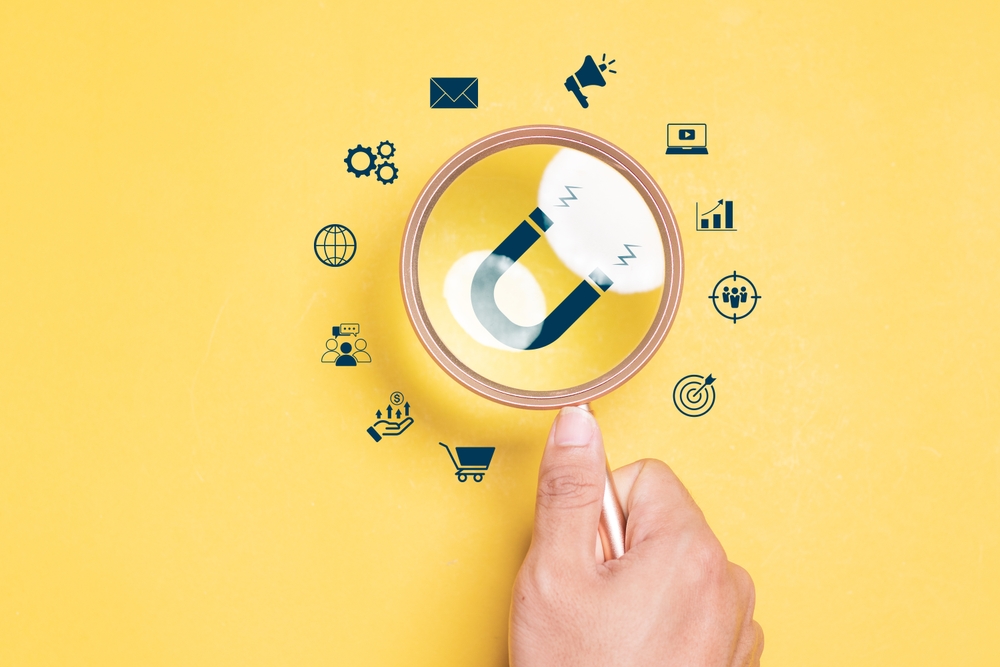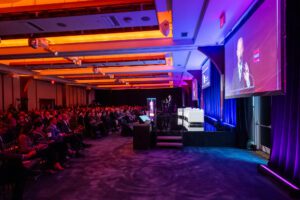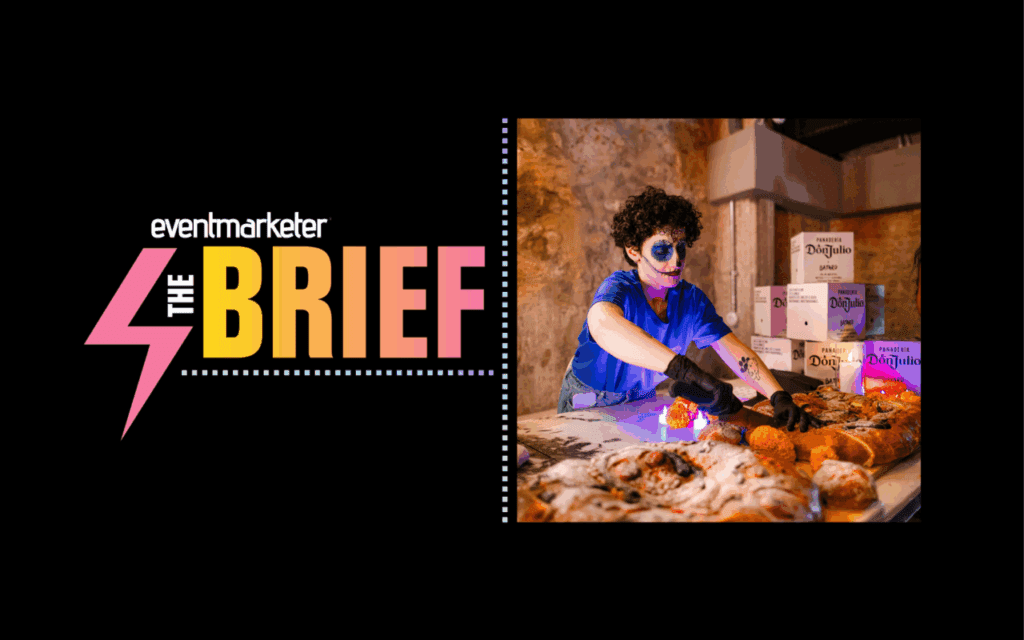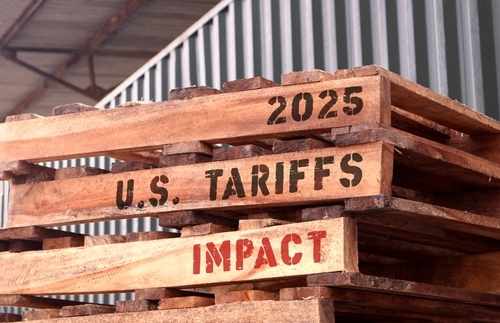Things are changing for B2B marketers. They can feel it. Their current inbound marketing campaigns aren’t pulling the same volume or quality MQLs they used to. Why not? What’s changed?
It comes down to a variety of things: technological, strategic, cultural and psychological. But all rolled up, there are four big forces redefining what successful inbound marketing will look like in 2026.
1. The Shift from MQL to PQL
The “Marketing Qualified Lead” (MQL) was always a murky concept. Different organizations defined it different ways. A warm MQL to one marketing leader may be a cold top-of-funnel prospect to another — which is why an increasing number of marketing leaders are now pursuing “Product Qualified Leads” (PQLs) instead.
A prospect who has tried one of your products firsthand, or sat through a live demo, or attended a consultation session, etc., is much more likely to convert to a sale than someone who filled out a form for a less-specific reason. The acquisition of PQLs can be more difficult and costly — but the conversion percentages, as well as the ROI, are unmatched by campaigns with looser demand-gen parameters. As Jimmy Dugan said, played by actor Tom Hanks in “A League of Their Own,” “If it wasn’t hard, everyone would do it.”
2. Activating Persuasion Ladders
Traditional lead-gen campaigns tend to be linear. Target a “good fit” audience, grab their attention, present an offer, capture their name/data. But what is demand gen all about, really? It’s about changing behavior. It’s about intriguing someone enough to engage with your brand initially — to keep coming back to it over time (habitually), and eventually, to regard your brand, innately, as singular, trustworthy and highly valuable. That requires being “enveloped by an idea” of a brand over time. And the best way to do that is to guide your prospects through what marketing guru Jay Baer calls The Persuasion Ladder.
In B2B, sales cycles are long. It typically takes nine touches minimum to drive an action. So, the key is to use those touches to guide your prospects over any objection they may have to making that purchase. Think of it as a series of questions you need to answer. The first one may be, What’s in it for me? The second, How much does it cost? The third, What if I don’t like it? How do I return it? And on and on from there.
Persuasion Ladders are how great salespeople sell innately; and you, as a marketer, can harness that power at the top and middle of the funnel.
3. Expanding to Omnichannel
Lead gen used to be all about Google search. But in the modern era, with so many options and such short attention spans, you need to be everywhere your audience wants to engage. That still means you need a strong Google presence — but it also means availability via voice search and AI chatbots. It means social media. It means integration with your email campaigns, dynamic ad units, industry events and beyond.
In 2026, customers and prospects expect coordinated, personalized experiences across all channels. Before “raising their hand” and converting, a prospect may see your brand in a LinkedIn post, then a blog article, then a YouTube video, then a dynamic ad, then within ChatGPT, then in an industry-mag article, and so on. Last-click attribution is dead. Successful campaigns now depend on weaving together a broad mosaic of messages that build a brand concept.
4. AI-driven Automation and Personalization
Marketers are using various AI tools to help generate content, dynamically adjust offers, and personalize communications by user profile. This enables more variants and opens up campaigns to be more adaptive, which drives better performance. It can also reduce your team’s workload. Some tools and techniques to consider as you’re planning for 2026:
For Email:
- Hyper-personalized campaigns that use natural language generation (NLG) to insert personalized insights (e.g., “Based on your recent webinar attendance …”)
- Predictive send-time optimization so you can choose when each individual is most likely to open or click an email
- Adaptive nurture paths, which automatically shift a contact from one email workflow to another based on real-time behavior (e.g., demo request, site revisit)
For Digital Ads:
- Multivariate creative testing powered by AI, which automatically tests variations in ad copy, CTAs and imagery, then promotes the top performers
- Dynamic ad creative tools, like Meta’s Advantage+ and Google’s Performance Max, which use machine learning to assemble ad components tailored to user context
- Predictive engagement models, which anticipate the topics, formats, etc. your audiences will most likely engage with
B2B buyers have changed. They expect intelligence, relevance and immediacy at every step. The marketers who thrive in 2026 won’t merely adapt to these four forces; they’ll harness them. By evolving your inbound marketing strategy in these ways, a B2B marketer can generate something far more powerful than mere leads: loyal advocates who help grow your business and build the equity of your brand.
Greg Ippolito is President and Creative Director at IMA.








